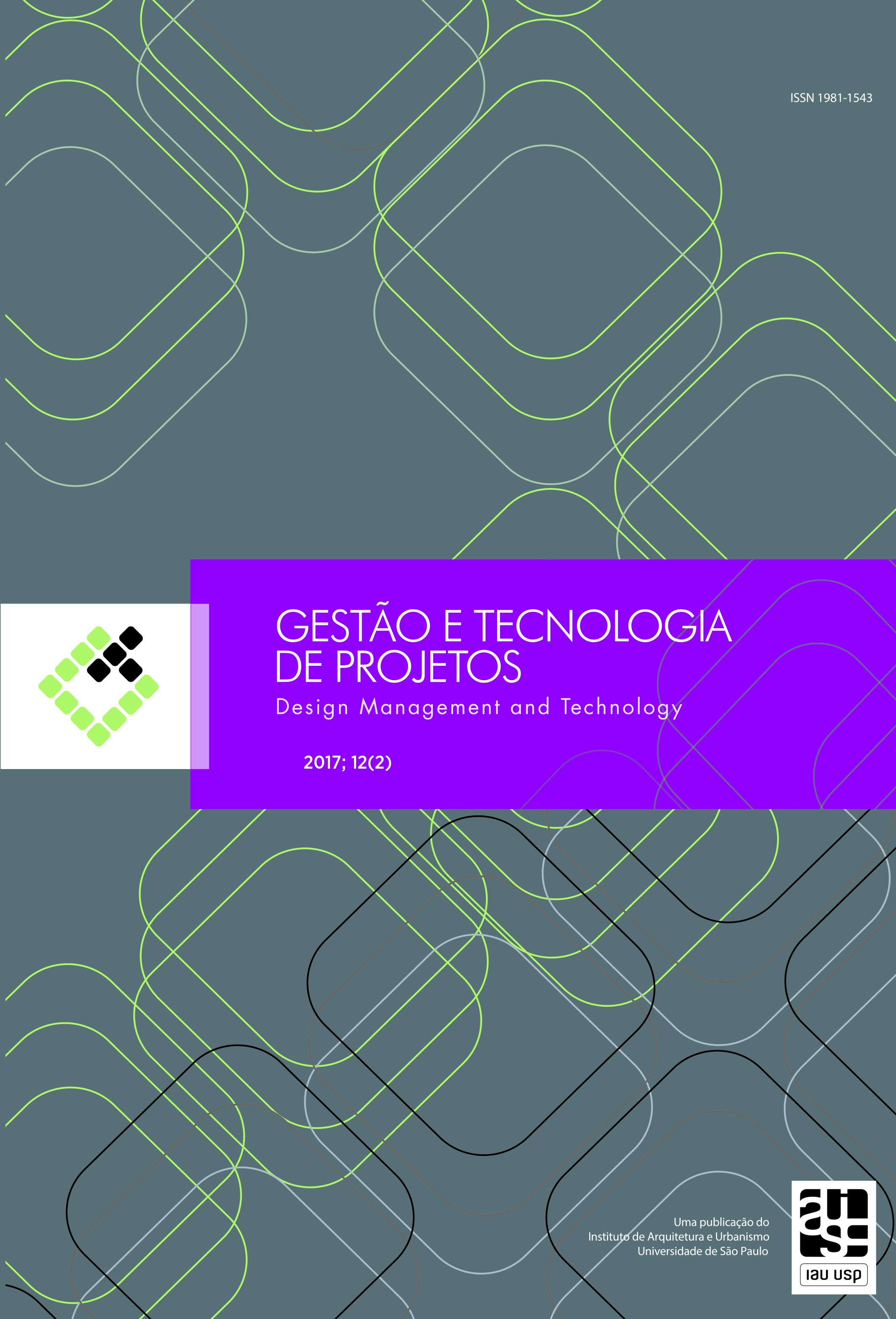COMPARATIVE USABILITY ASSESSMENT OF REBA (RAPID ENTIRE BODY ASSESSMENT) ERGONOMIC EVALUATION TOOL ON PAPER AND APP VERSIONS
DOI:
https://doi.org/10.11606/gtp.v12i2.111756Keywords:
Ergonomic Analysis, Usability, REBA, Human FactorsAbstract
Tools to aid ergonomic analysis are often used when there is need for evaluation of musculoskeletal risks at work. Of these tools, one of the most known is the REBA (Rapid Entire Body Assessment) tool. Its wide use has changed its form of distribution and application by several authors to try to find its best way of application. In addition, with the advent of cell phones and tablets, several versions of this tool’s apps were made. Few researches can be found about the usability of this method; also which version is most appropriate in terms of usability. The objective of this article is to evaluate the usability of the REBA tool in two different versions to verify the influence that such usability has on the results generated by it. It is believed that any type of tool that will be used for an ergonomic evaluation must, intrinsically, be usable, since its usability has a direct influence on its reliability and replicability. Thus, a comparative usability analysis of the tool on paper and app versions was performed with eight subjects to verify this usability. We found a better usability for the application, but similar reliability for the two versions. Thus, both can be used for REBA evaluation.
Downloads
References
ARAUJO, F. S. Avaliação da experiência do usuário: uma proposta de sistematização para o processo de desenvolvimento de produtos. Tese (Doutorado em Engenharia de Produção) – Universidade Federal de Santa Catarina, Florianópolis, 2014.
BAHARUDDIN, R.; SINGH, D.; RAZALI, R. Usability dimensions for mobile applications: a review. Research Journal of Applied Sciences, Engineering and Technology, Reading, v. 5, n. 6, p. 2225-2231, 2013.
BROOKE, J. SUS: a quick and dirty usability scale. Usability evaluation in industry, Reading, v. 189, n. 194, p. 4-7, 1996.
CHIASSON, M.-È. et al. Comparing the results of eight methods used to evaluate risk factors associated with musculoskeletal disorders. International Journal of Industrial Ergonomics, Amsterdam, v. 42, n. 5, p. 478-488, 2012.
CHINA DAILY. Hardworking student gets much-needed relief, Beijing, 17 Aug. 2011. Disponível em: <https://goo.gl/MD8HTP>. Acesso em: 11 fev. 2016.
COUNTRY 93.5 KKBN. The hardworking man contest, Sonora, 27 Jun. 2013. Disponível em: <https://goo.gl/d7L44d>. Acesso em: 11 fev. 2016.
GARCÍA-GARCÍA, M. et al. Análisis de métodos de valoración postural en las herramientas de simulación virtual para la ingeniería de fabricación. Dyna, Bogotá, v. 80, n. 181, p. 5-15, 2013.
INTERNATIONAL ORGANIZATION FOR STANDARDIZATION. ISO 9241-11: ergonomic requirements for office work with visual display terminals. Geneva: ISO, 1998.
JORDAN, P. W. An introduction to usability. Abingdon: Taylor & Francis, 1998.
LAMARÃO, A. M. et al. Translation, cross-cultural adaptation to Brazilian-Portuguese and reliability analysis of the instrument Rapid Entire Body Assessment (REBA). Brazilian Journal of Physical Therapy, São Carlos, v. 18, n. 3, p. 211-217, 2014.
MCATAMNNEY, L.; HIGNETT, S. REBA (Rapid Entire Body Assessment): more than a postural assessment tool. In: ROBERTSON, S. A. (Ed.). Contemporary ergonomics 1997. London: Taylor & Francis, 1997. p. 431-435.
MOTAMEDZADE, M. et al. Comparison of ergonomic risk assessment outputs from rapid entire body assessment and quick exposure check in an engine oil company. Journal of Research in Health Sciences, Hamadān, v. 11, n. 1, p. 26-32, 2011.
NADRI, H. et al. Comparison of ergonomic risk assessment results from quick exposure check and rapid entire body assessment in an anodizing industry of Tehran, Iran. Journal of Occupational Health and Epidemiology, Rafsanjan, v. 2, n. 4, p. 195-202, 2013.
NIELSEN, J. Usability engineering. Burlington: Morgan Kaufmann, 1993.
NIELSEN, J. Why you only need to test with 5 users. Nielsen Norman Group, 19 Mar 2000. Disponível em: <https://goo.gl/bnHQt8>. Acesso: em 7 abr. 2016
RODRÍGUEZ, E. D. V. et al. Demanda biomecánica en el ensamblaje de un vehículo compacto. Universidad, Ciencia y Tecnología, Puerto Ordaz, v. 13, n. 52, 2009.
ROMAN-LIU, D. Comparison of concepts in easy-to-use methods for MSD risk assessment. Applied Ergonomics, Amsterdam, v. 45, n. 3, p. 420-427, 2014.
WINDOW, J. J. The validity of using quick ergonomics assessment tools in the prediction of developing workplace musculoskeletal disorders. In: HUMAN FACTORS & ERGONOMICS SOCIETY OF AUSTRALIA CONFERENCE, 42., Sydney. Proceedings… Sydney: HFESA, 2006. p. 1-8.
Downloads
Published
Issue
Section
License
Copyright Notice
Authors who publish in this journal agree to the following terms:
- Authors retain the copyright and grant the journal the right of first publication, with the article simultaneously licensed under the Creative Commons Attribution License BY NC ND, which allows the sharing of article with acknowledgment of authorship and initial publication in this journal.
- Authors are authorized to take additional contracts separately, for non-exclusive distribution of version of the article published in this journal (e.g. publish in institutional repository or as a book chapter), with acknowledgment of authorship and initial publication in this journal.
- Authors are allowed and encouraged to publish and distribute their research work online (e.g. in institutional repositories or on their personal page) at any point before or during the editorial process, as this can generate productive changes, as well as increase the impact and the citation of published article (See O Efeito do Acesso Livre).



